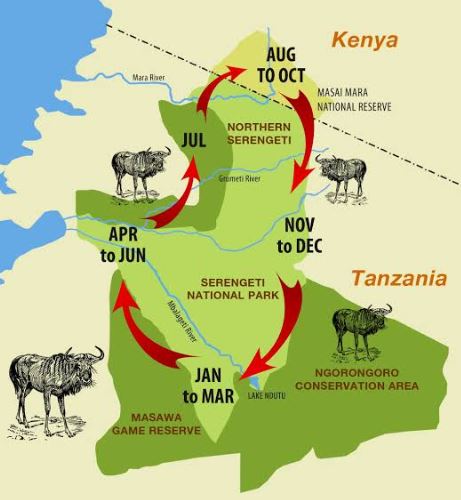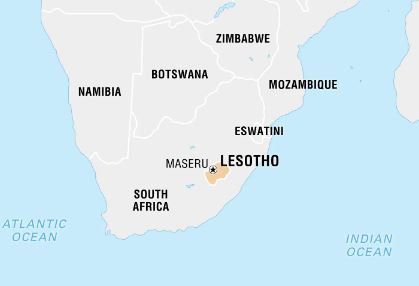|
Other Important Topics
|
|
Voter Verified Paper Audit Trail (VVPAT)
|
|
The Supreme Court (SC) said that petitions seeking 100% verification of Voter Verified Paper Audit Trail (VVPAT) slips would be taken up soon.
- Voter verifiable paper audit trail (VVPAT) or verifiable paper record (VPR) is a method of providing feedback to voters using a ballot less voting system.
- VVPAT was introduced in 2013.
- VVPAT is attached with the Electronic Voting Machine (EVM).
- VVPAT provides visual verification for the vote cast by a voter by printing a slip of paper with the voter’s choice on it.
- This slip of paper, containing the candidate’s serial number, name, and party symbol, is displayed in the machine behind a glass window, giving the voter 7 seconds to verify her vote.
- No voter can take the VVPAT slip back home.
- It is later used to verify votes cast in five randomly selected polling booths.
- The VVPAT was used for the first time in all 21 polling stations of the Noksen Assembly constituency of Nagaland in 2013.
- By June 2017, there was 100% adoption of VVPATs.
|
|
Electronic Trading Platforms (ETPs)
|
|
Reserve Bank of India (RBI) Governor raised concerns over unauthorized forex trading platforms and asked banks to maintain vigil against such illegal activities.
- Electronic Trading Platform (ETP) are electronic systems that constitute other than a recognised stock exchange.
- In ETP transactions in eligible instruments like securities, money market instruments, foreign exchange instruments, derivatives, etc. are contracted.
|
|
Maasai- Mara Ecosystem in Kenya
|
- Maasai Mara Ecosystem is a vast grassland savannah in the south of Kenya, home to approximately 25% of Kenya’s wildlife.
- The perennial flowing Mara River flows across the ecosystem and the river drains into Lake Victoria in Tanzania.
- The ecosystem bisects the Mara National Reserve and the Mara Triangle.
- The Mara-Serengeti migration of wildebeest is the most species diverse migration to occur year on year.
Maasai Mara National Reserve
- It is located in Kenya along the border of Tanzania and is contiguous with the neighboring Serengeti National Park.
- It was established in 1974.

|
|
Sitars and Tanpuras
|
|
The sitars and tanpuras of Miraj, a small town in Maharashtra have been awarded the Geographical Indication (GI) tags.
- Sitars and tanpuras are traditional Indian musical instruments.
- Sitars – It is a stringed instrument with a long neck and a gourd-shaped body.
- Sitar is used in Hindustani classical.
- Tanpuras – It is a long-necked string instrument that provides a drone accompaniment in Indian classical music.
- It looks like the sitar, it is missing a top gourd and does not have any frets.
- These frets allow for the Sitar to tune the sympathetic strings, which the Tanpura does not have.
|
|
TSAT-1A Satellite
|
|
India's first private sub-metre resolution earth observation satellite, TSAT-1A is launched by SpaceX's Falcon 9 rocket in the U.S.
- TSAT-1A is a sub-metre high-resolution earth observation satellite carried into space as part of the Bandwagon-1 rideshare mission.
- Launched by – Tata Advanced Systems Ltd (TASL), India, in collaboration with Satellogic.
- It will provide high-resolution satellite images, boasting increased collection capacity, dynamic range, and low-latency delivery through its multispectral and hyperspectral capabilities.
Bandwagon-1 mission
- It is a rideshare mission organized by SpaceX to launch multiple small satellites into orbit.
- The mission is named Bandwagon-1 as it allows smaller satellite operators to jump on the bandwagon and share a ride to space, reducing costs and increasing access to space.
|
|
Anti-dumping duty on sodium cyanide
|
- The Directorate General of Trade Remedies (DGTR) recommended imposition of anti-dumping duty on sodium cyanide (NaCN) imported from China, the European Union, Japan and Korea.
- The revised definitive anti-dumping duties on the import of sodium cyanide is for a period of 5 years.
- Sodium cyanide is used
- In the extraction of gold and silver from their respective ores
- In electroplating and the heat treatment of metals, and
- In manufacturing insecticides, dyes, pigments, and bulk drugs, etc.
- Sodium cyanide releases hydrogen cyanide gas, a highly toxic chemical asphyxiant that interferes with the body's ability to use oxygen.
- Exposure to sodium cyanide can be rapidly fatal.
|
|
India Flora Online
|
|
A professor of Indian Institute of Science (IISc) launched India Flora Online.
- India Flora Online is an online platform that provides information and resources related to the flora and plant life of India.
- It is most comprehensive attempt to document the plant wealth in India.
- It includes a record of plants from Afghanistan, Nepal, Tibet, Bhutan, Bangladesh, Sri Lanka, Myanmar and Pakistan.
- It is the fourth such plant database initiative following Digital Flora of Karnataka, Digital Flora of Eastern Ghats, and Flora of Peninsular India.
Digital Flora of Eastern Ghats and Flora of Peninsular India, both released in 2019, list 4,097 & 10,210 species, while the most recent, India Flora Online–has details of a whopping 15,349 plants found across India.
|
|
Lesotho Highlands Water Project
|
- The Lesotho Highlands are formed by the Drakensberg and Maloti mountain ranges in the east and central parts of the country of Lesotho, in Africa
- It is a large-scale water supply scheme in which water is diverted from the highlands of Lesotho to South Africa’s Free State and the greater Johannesburg area, launched in 1998.
- It is developed in partnership with the governments of Lesotho and South Africa.
- It involves the construction of a series of dams, reservoirs and tunnels throughout Lesotho.
- These all deliver water to the Vaal River system in South Africa.

|
|
Harappan settlement in Gujarat
|
|
Archaeologists discovered 5,200-year old Harappan settlement at Padta Bet in Kachchh district, Gujarat.
- Findings - The excavated remains included the remains of a circular structure and other rectangular structures of varying sizes and made of locally available sandstone and shales.
- The presence of plenty of pottery, artefacts, and a few animal bone fragments from these areas are indicative of the occupation of Harappan people in the region.
- Spanning from the Early Harappan to Late Harappan periods, i.e. 3200 BCE to 1700 BCE.
- The evidence of ceramics also indicate the presence of Early Harappan, Classical Harappan, and Late Harappan types.
|
|
Jalyukta Shivar Yojana
|
- It is a flagship initiative launched by the Government of Maharashtra in 2014.
- Aim - To make the state drought-free and water-abundant by creating cement barrages as well as deepening, widening and de-siltation of water bodies.
|